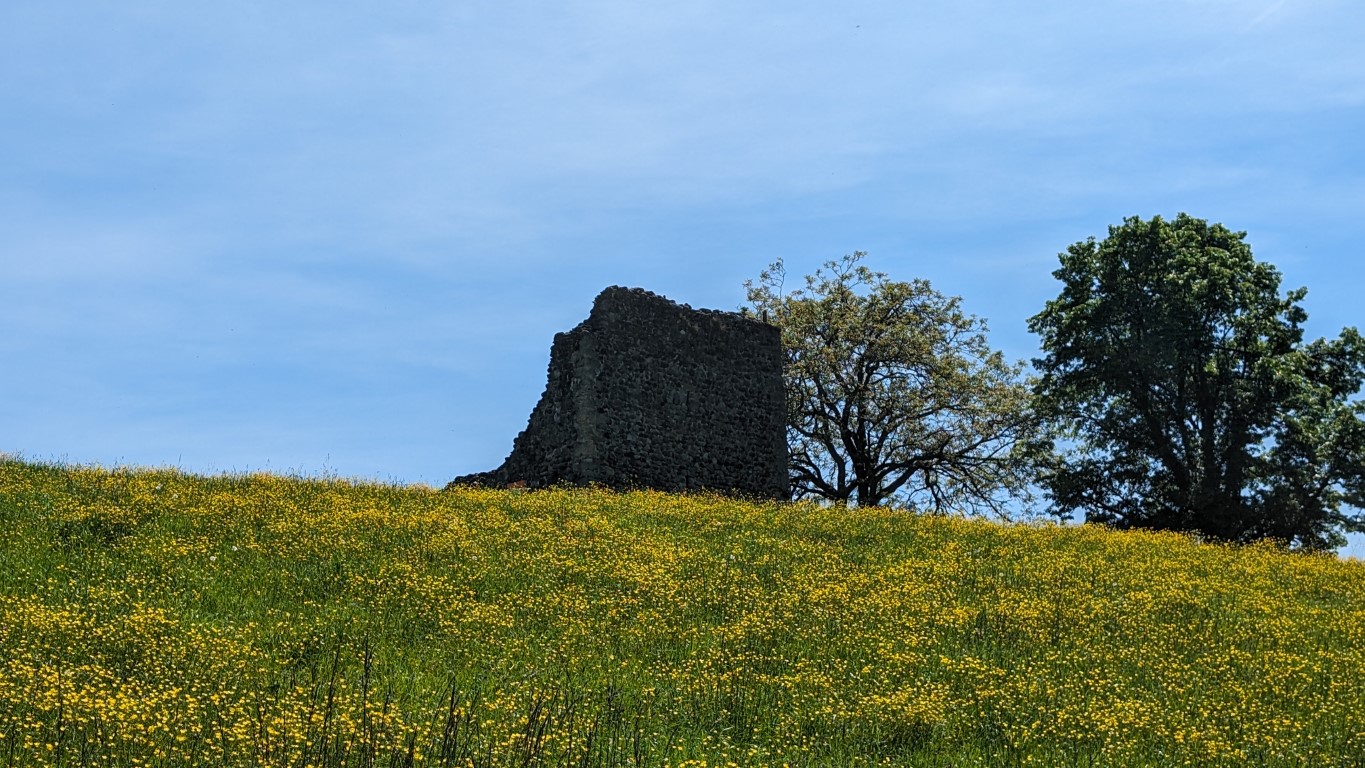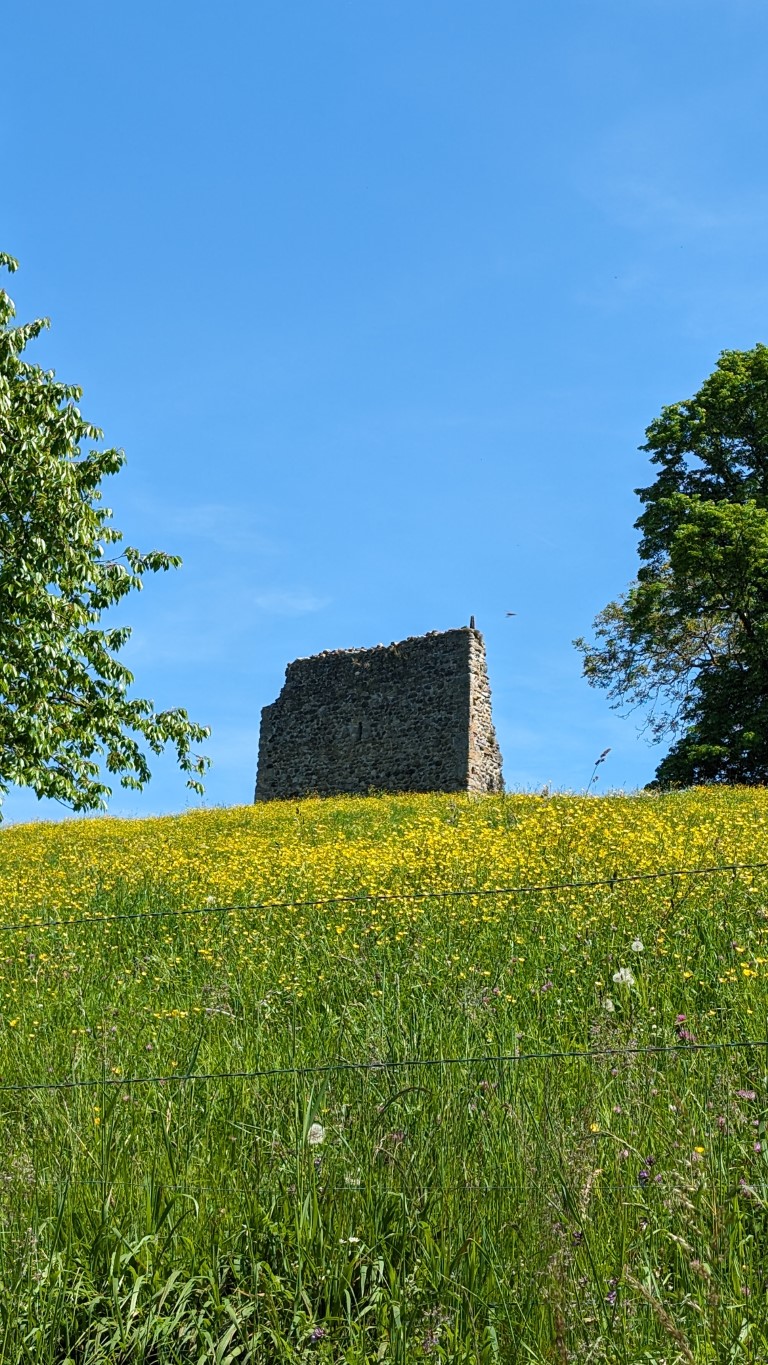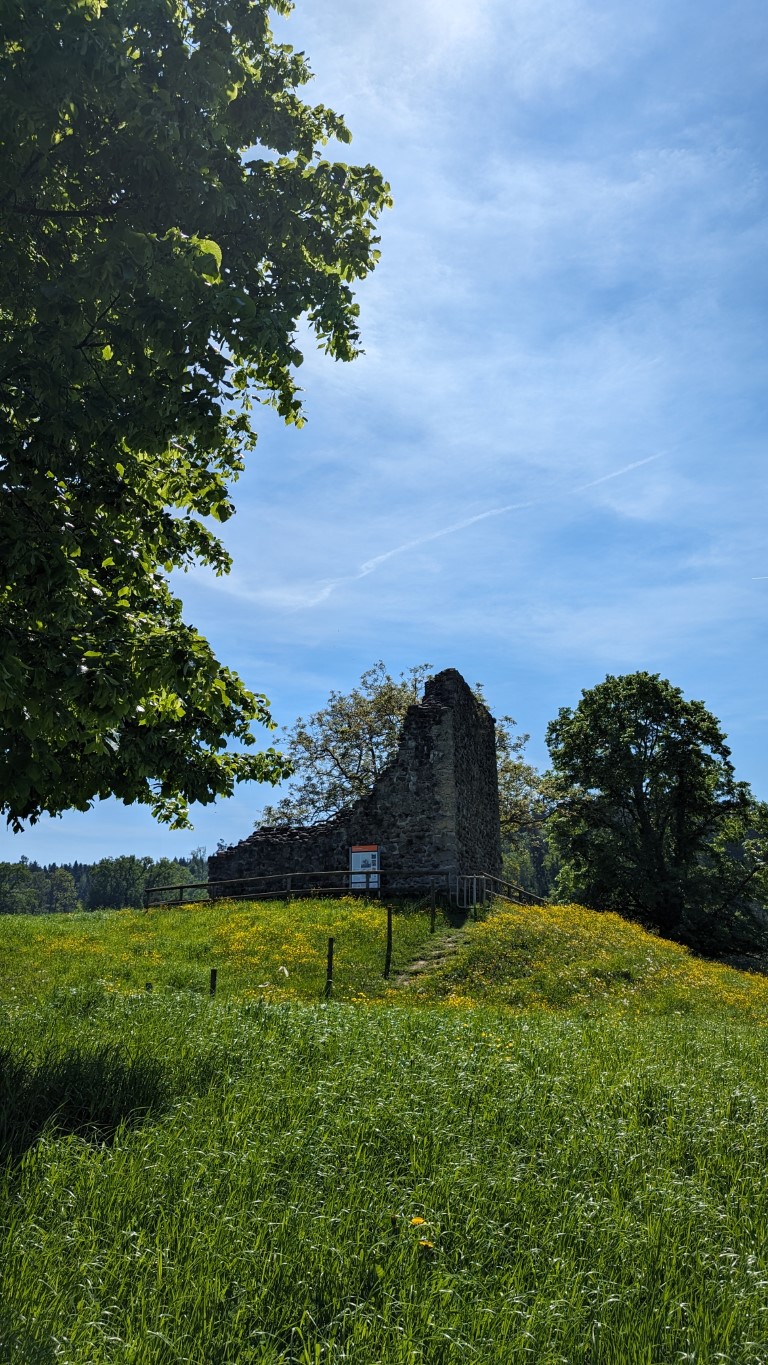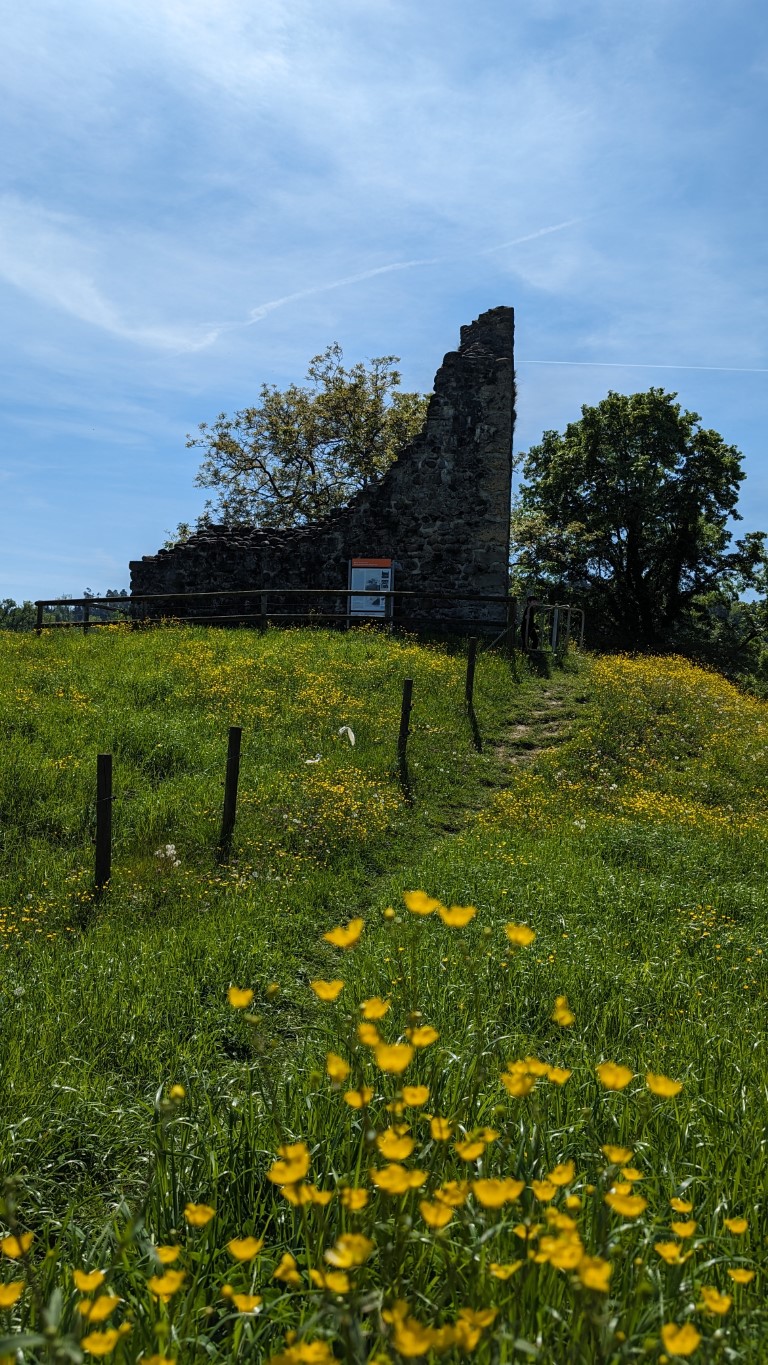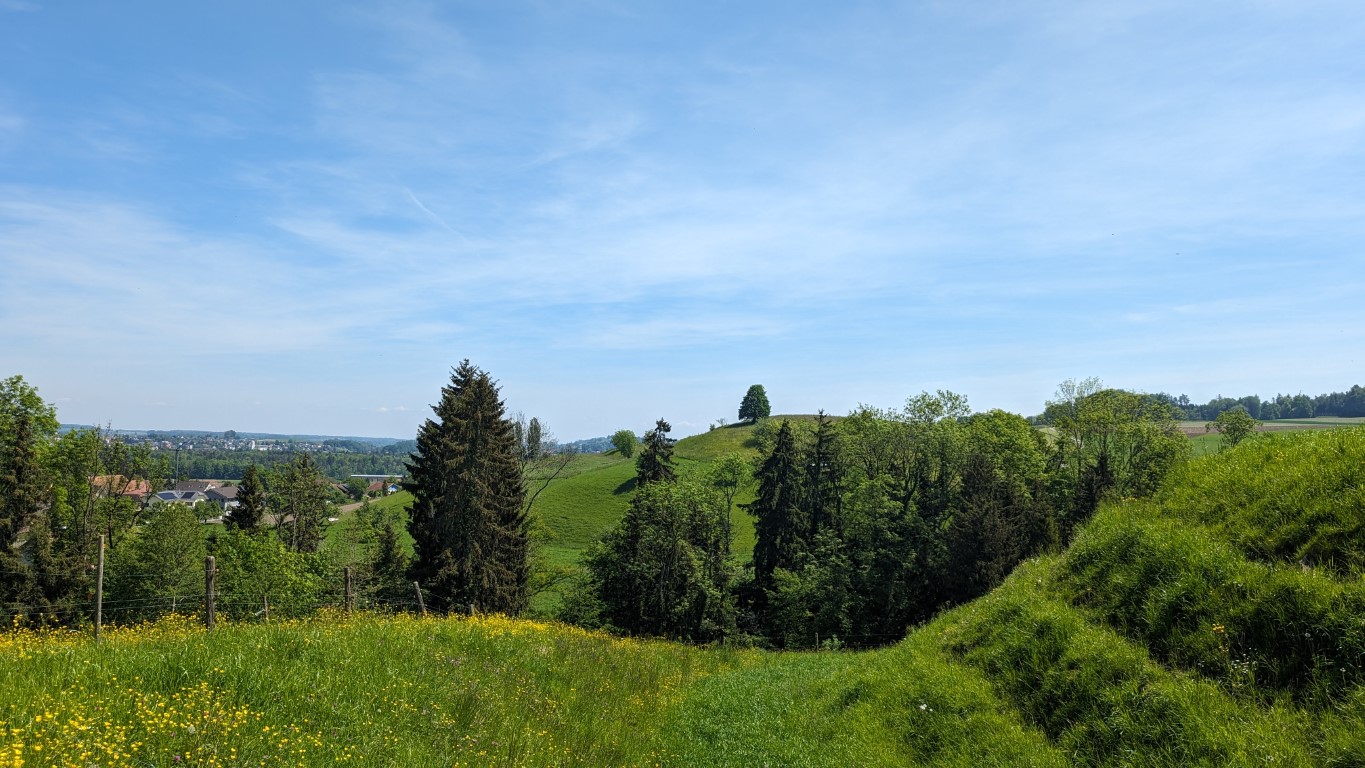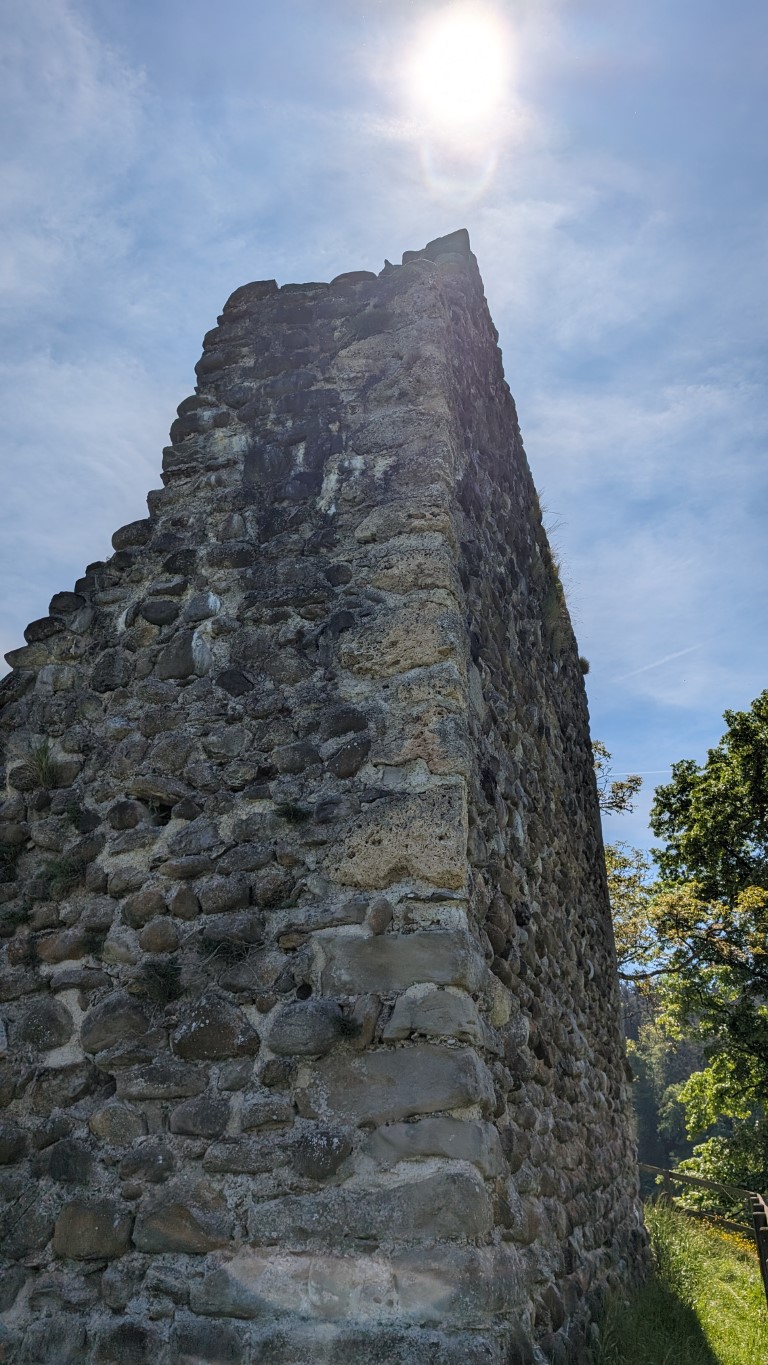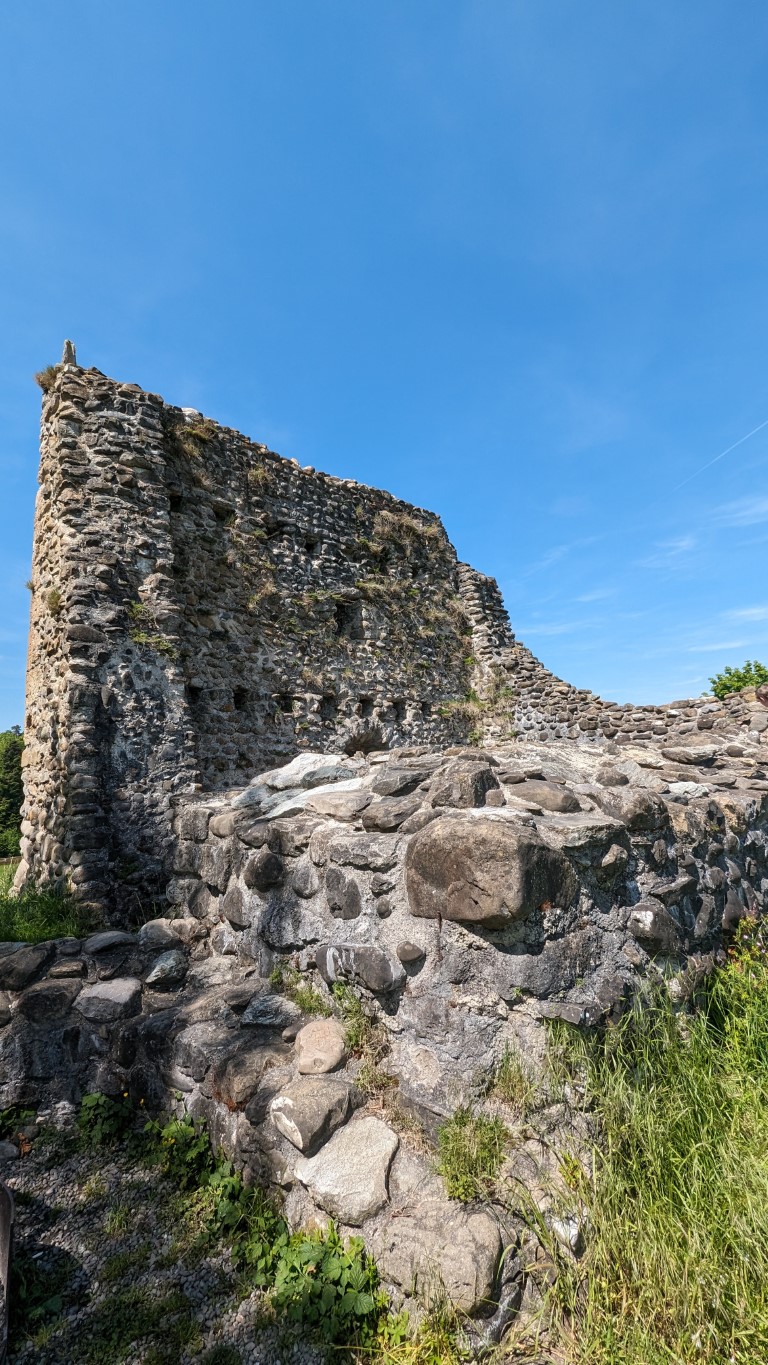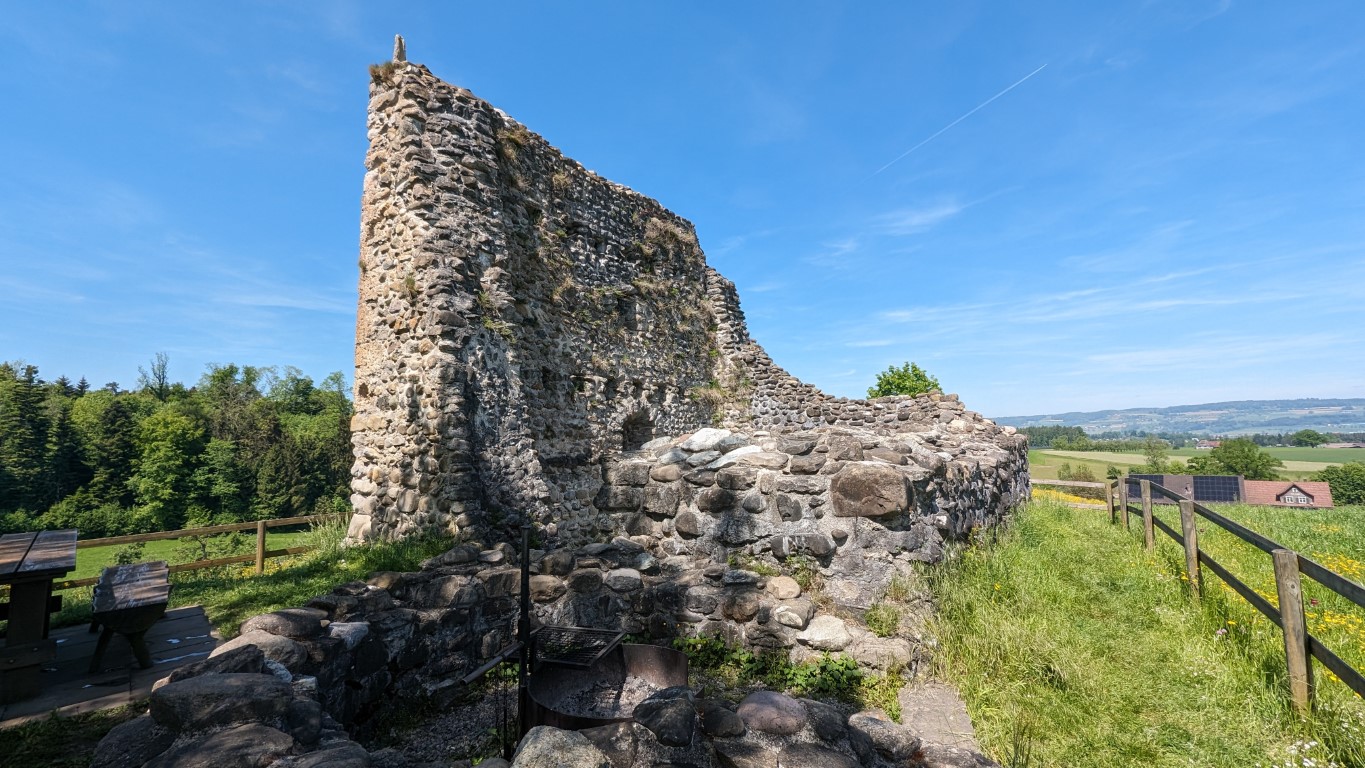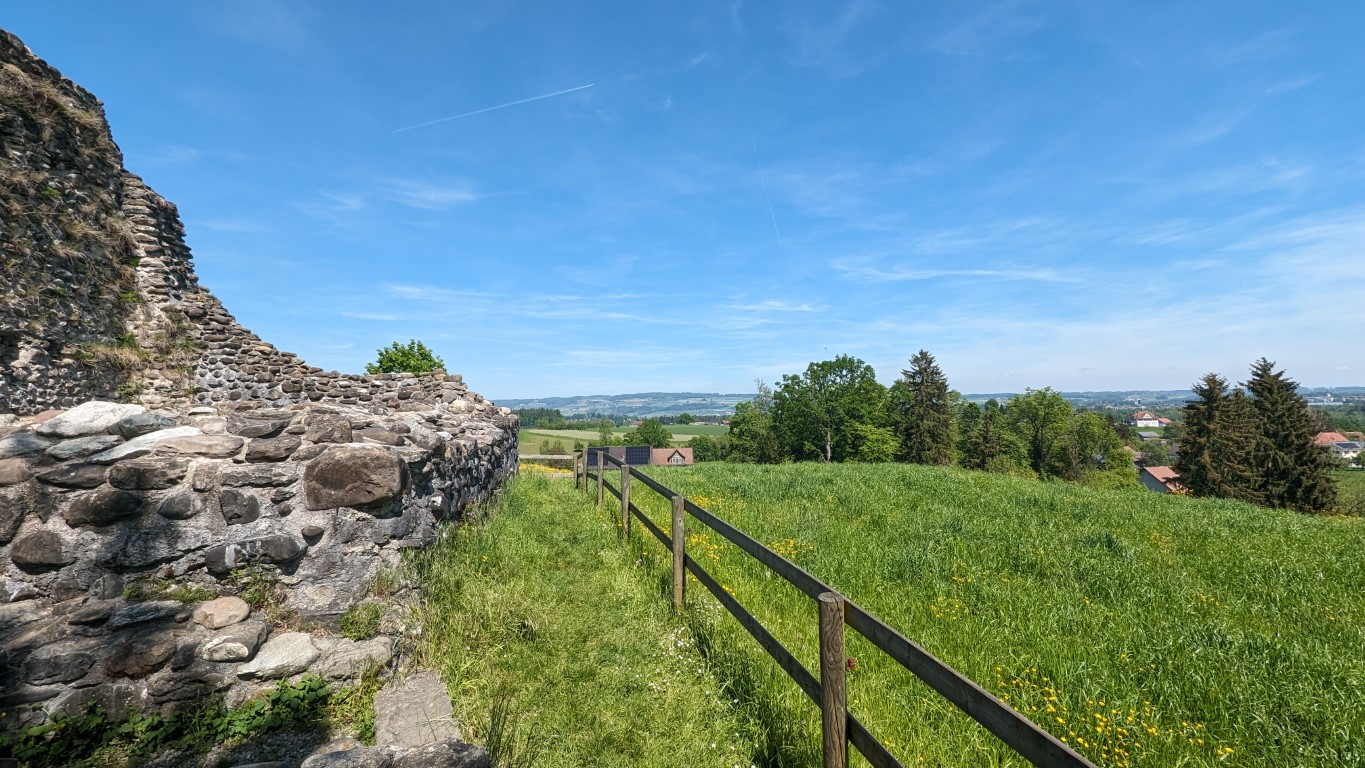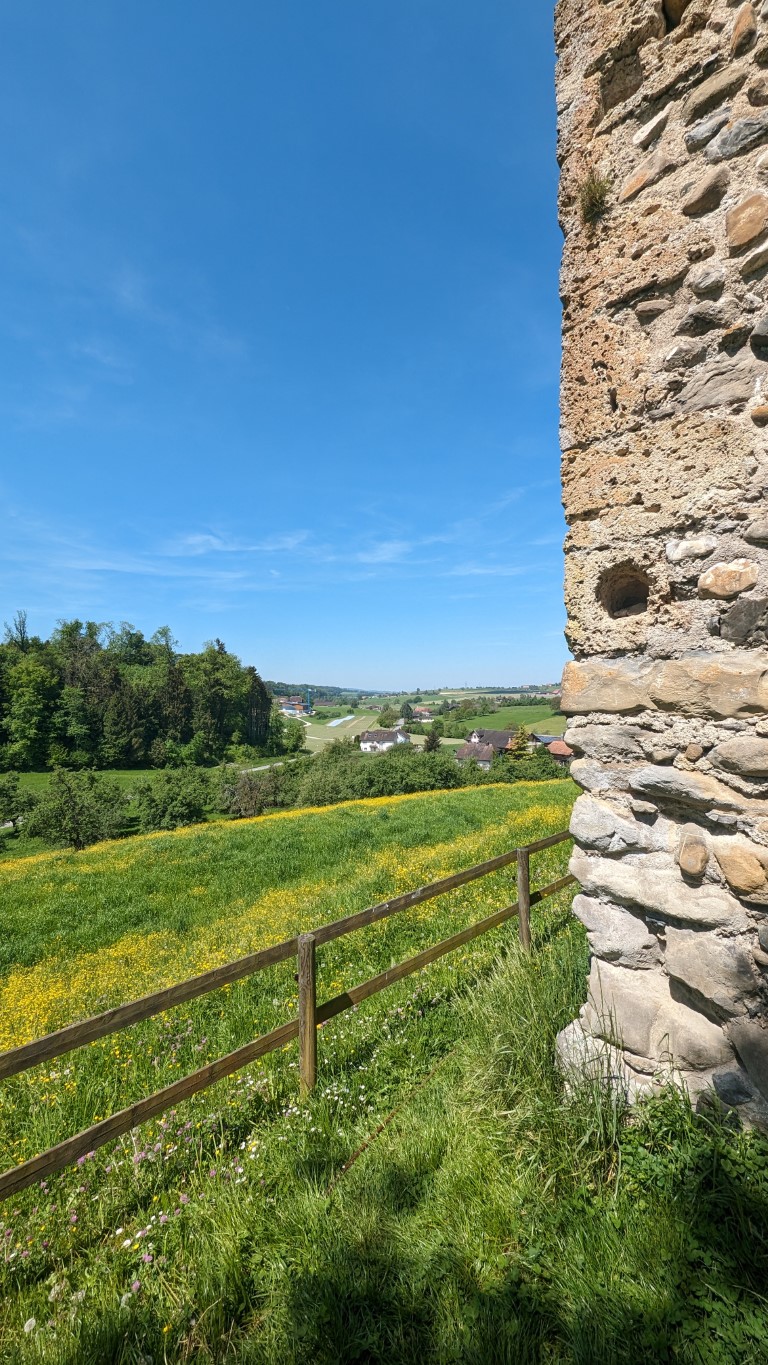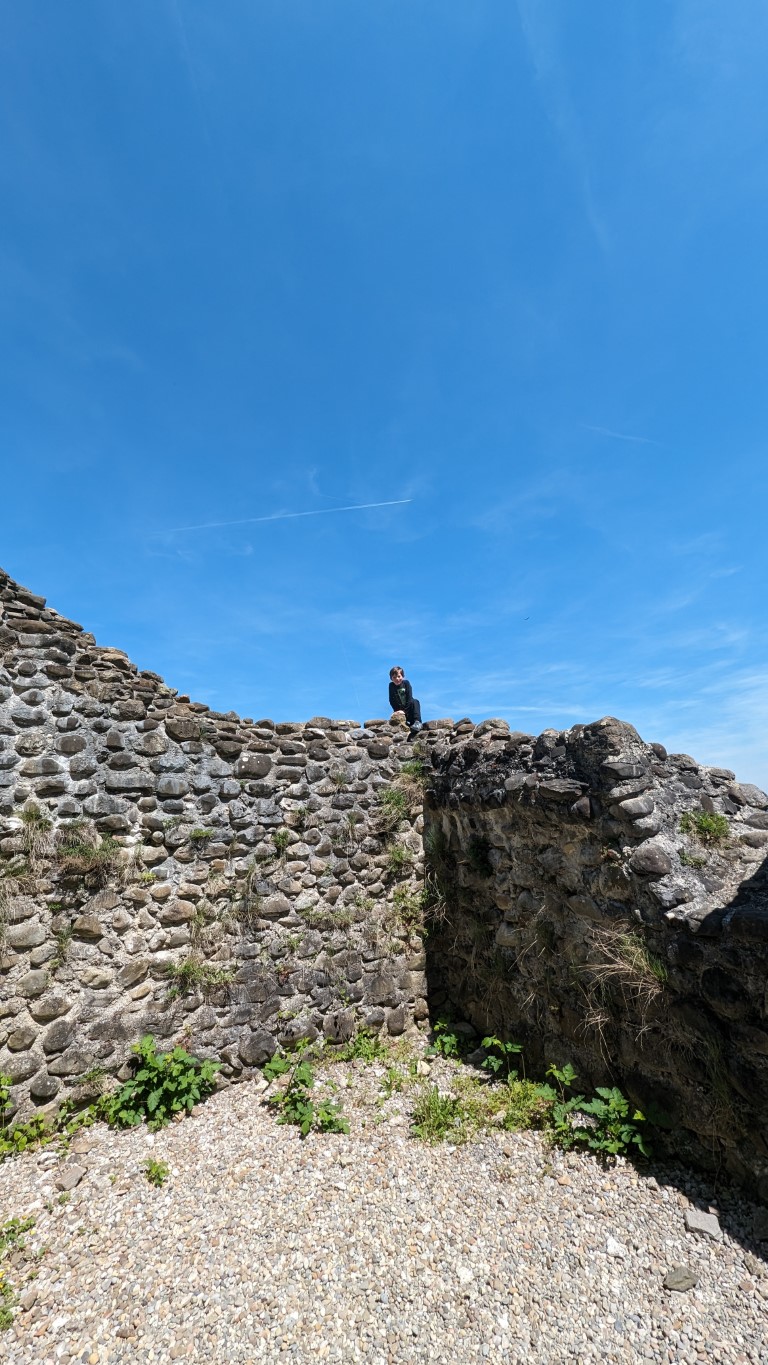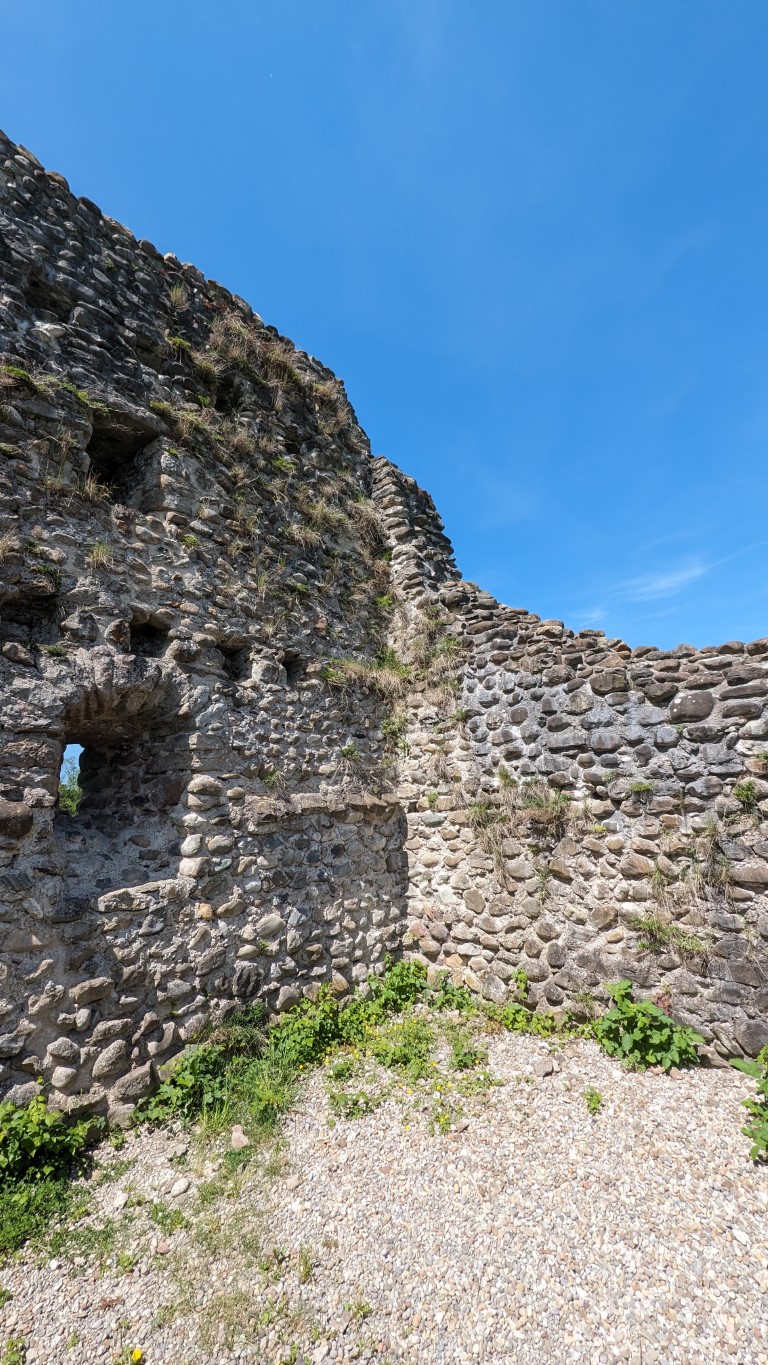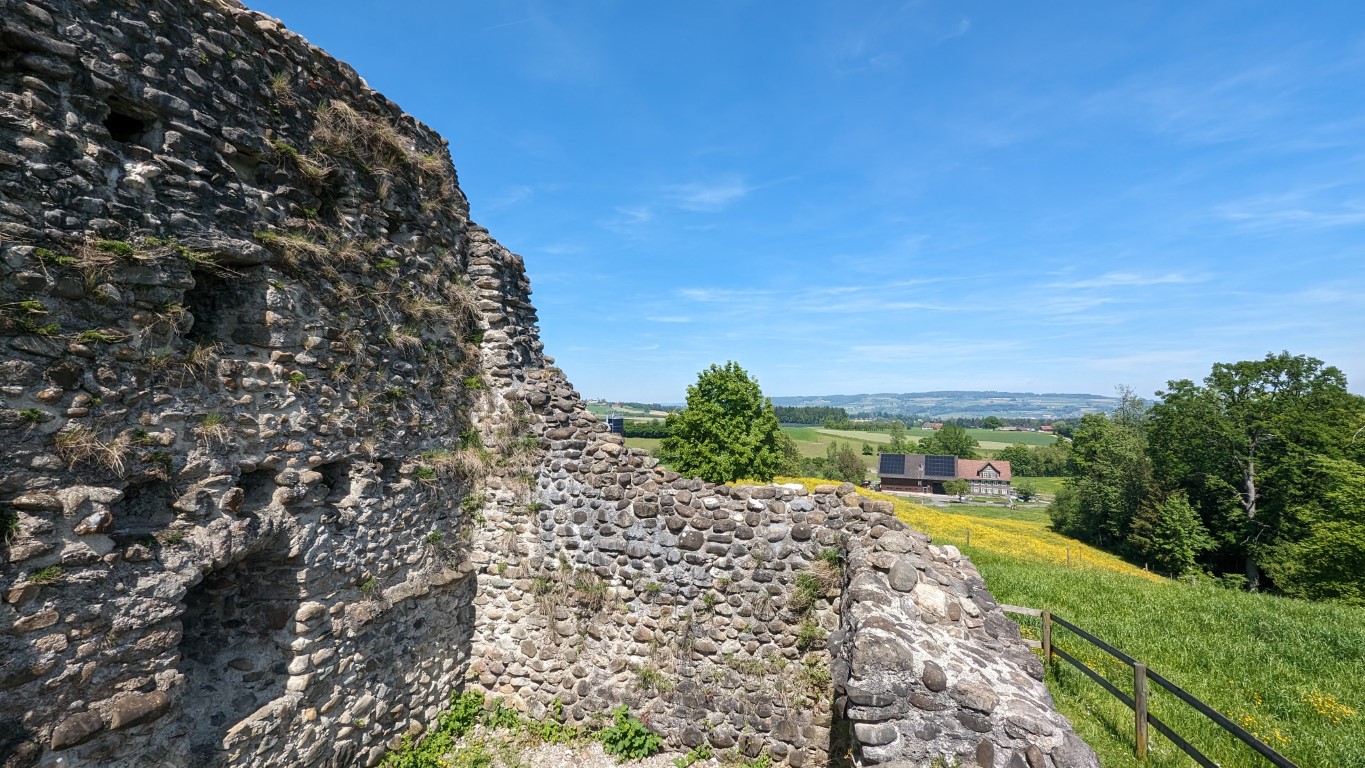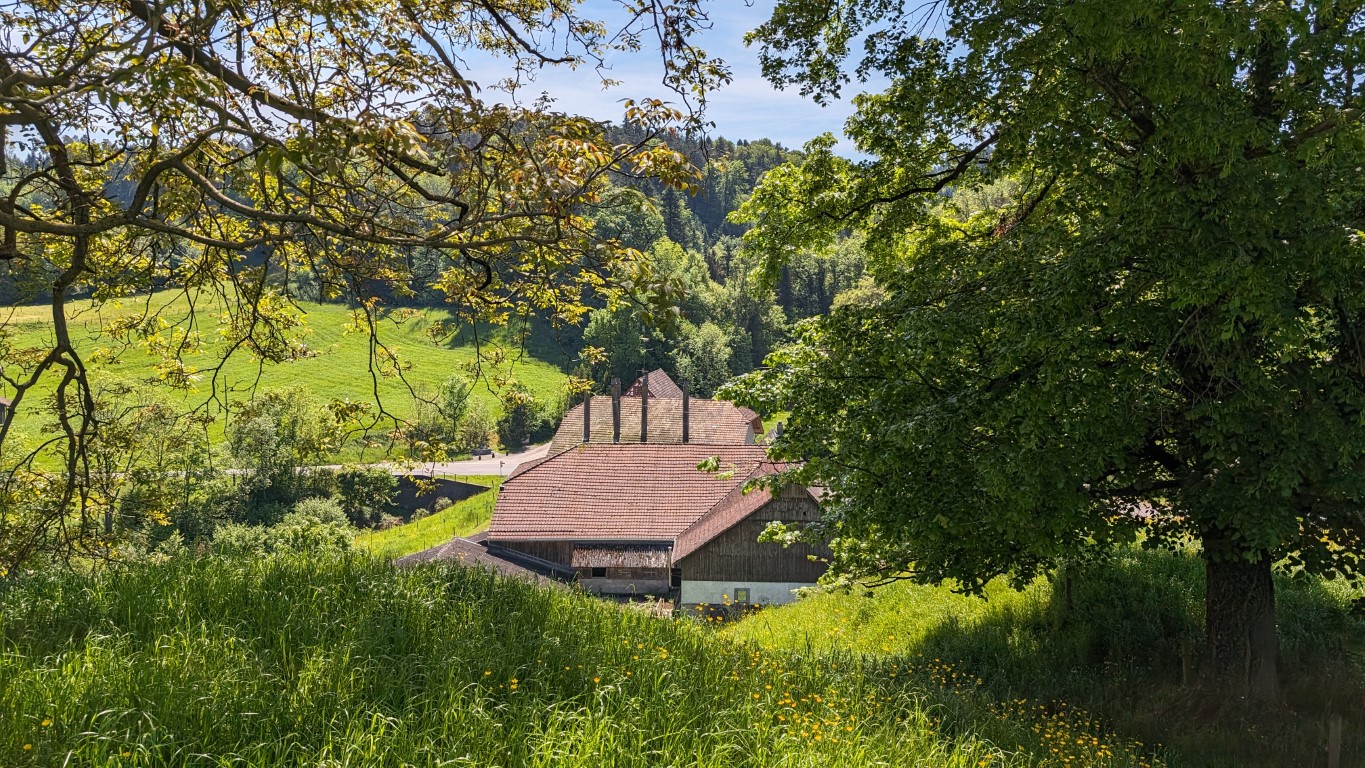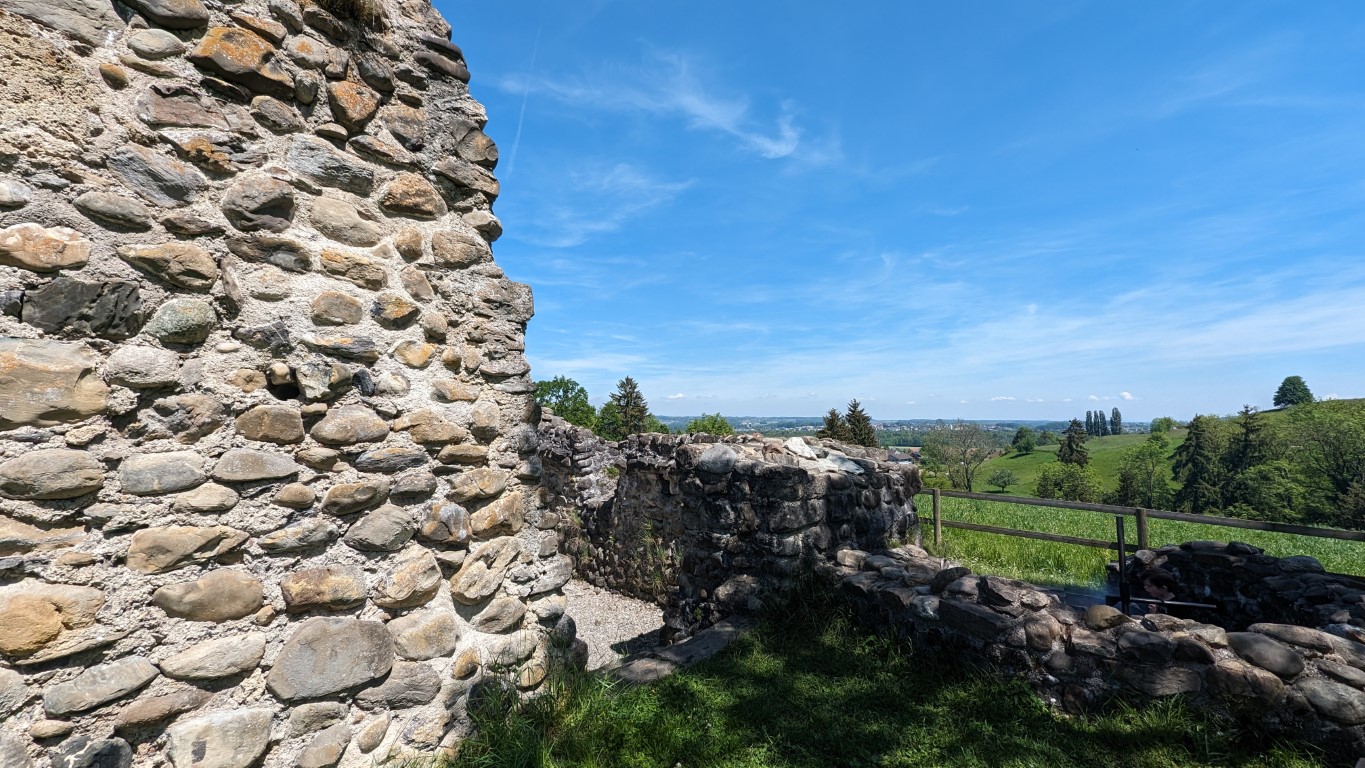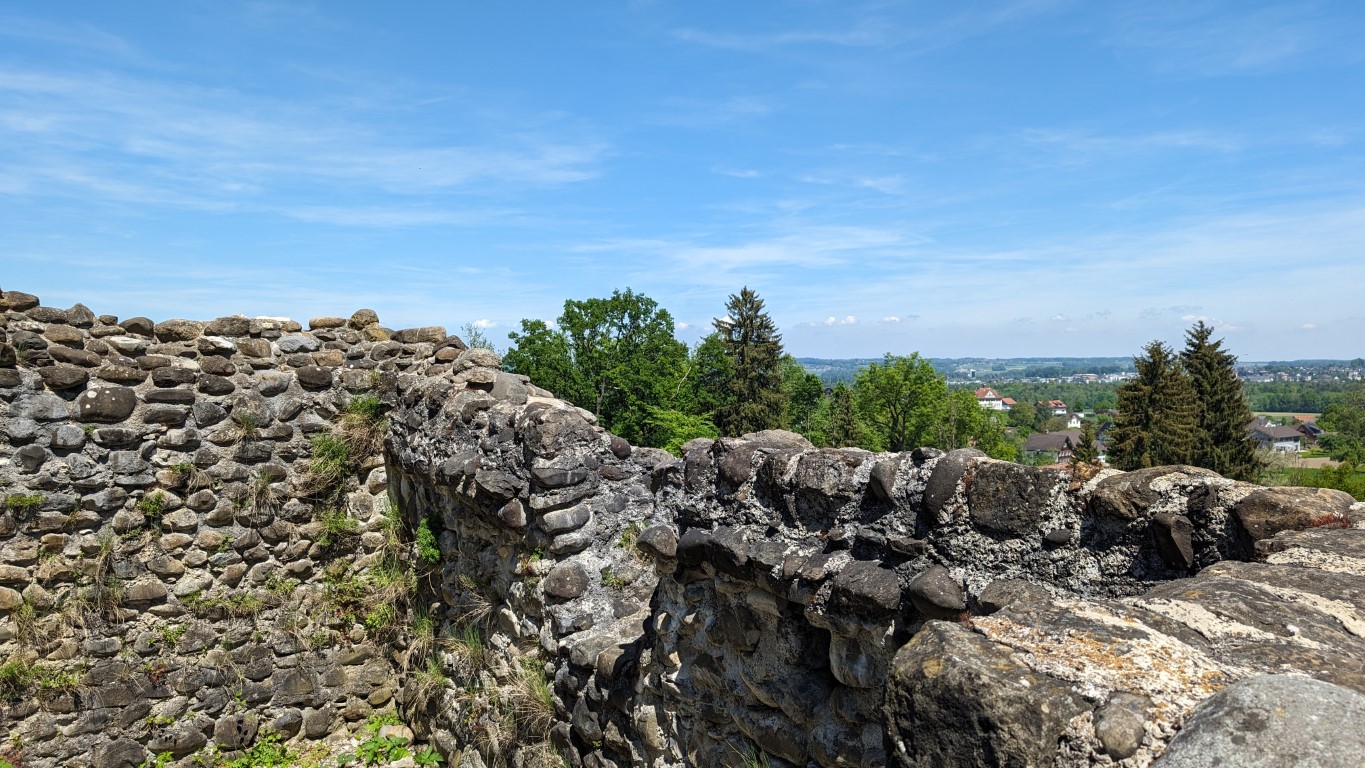The proud residential tower of Anwil-Buhwil Castle rises on a lonely hill, surrounded by the silence of nature. Once intended as a place of protection and residence, it stands majestically in the picturesque landscape near Kradolf-Schönenberg in the enchanting canton of Thurgau in Switzerland.
background
Over the centuries, the Anwil-Buhwil castle complex has borne its stories like a heavy stone garment. Its origins date back to the Middle Ages, when the first residential tower rose in the middle of the 13th century, a fortress of the past in the heart of the Swiss countryside. First mentioned in the annals in 1385, it unfolded its splendor in the turmoil of time.
In the walls of this two-storey or perhaps three-storey tower, a cistern contained the precious water for the inhabitants, a lifeline in times of siege and need. The splendour of the castle often changed its guardians, from the knights of the Röta family in the 14th century to the noble Lords of Sax in 1387.
But fate is a merciless minstrel, and in 1405 the Appenzellers broke over the walls, bringing looting and destruction in their wake. In 1440 the castle was mentioned again in the records of the time, before it finally rested in the hands of the Knights of Helmsdorf in 1463.
Over the centuries, owners changed like the seasons, until eventually the echoes of the past faded and the castle returned to the earth. But its history is not forgotten, and during archaeological excavations, such as those in 1984, 2005 and 2016, ground-penetrating radar surveys revealed new secrets about the life that once existed around the tower.
Today, the legacy of the castle complex lies in the hands of the "Genossenschaft Ruinen Kradolf-Schönenberg", which lovingly guards its relics, a testimony to past greatness in a world of change.
The Giant Einheer
The legends of Thurgau tell of a giant named Einheer, who trudged through the raging waters of the Thur with fearless determination, his faithful horse defiantly dragging behind him. With bold words, under the protection of Saint Gallus, he challenged the water: "Whether you want to or not, you will carry me across!"
But Einheer went down in the annals not only as a master of the forces of nature, but also as a fearless warrior. In the bloody battles on the side of King Charles against the Bohemians and Hungarians, he cut through the enemy's ranks like a scythe through the grass. It is reported that he put seven to nine opponents on a spear and found pleasure in throwing them into the air and watching them wriggle around like frogs.
Access
The ruins are freely accessible. There is a parking lot nearby.


